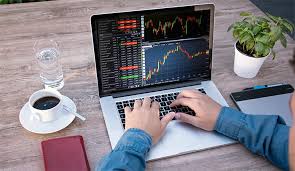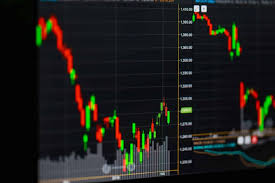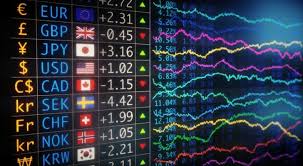
Choosing the right trading platform is crucial for success in Forex trading. A dependable and user-friendly platform can make a significant difference in your trading experience and overall profitability. In this article, we explore the best trading platform for Forex, examining their features, pros, and cons to help you make an informed decision. Don’t forget to check out best trading platform for forex forex-exregister.com for additional resources and comparisons.
What Makes a Good Forex Trading Platform?
When selecting a trading platform, several factors need to be considered to ensure it meets your trading needs:
- User-Friendly Interface: A platform with an intuitive interface allows traders to execute trades more efficiently.
- Trading Tools: Advanced tools such as technical analysis, charting capabilities, and trading indicators can enhance your trading strategy.
- Security: A reliable platform must prioritize security measures to protect traders from cyber threats.
- Account Types: Look for platforms that offer a variety of account types tailored to different trading styles and levels.
- Fees and Spreads: Compare fees, spreads, and commissions, as these can affect your profitability.
- Customer Support: Reliable customer service is essential for resolving issues quickly and effectively.
Top Forex Trading Platforms
1. MetaTrader 4 (MT4)
MetaTrader 4 remains one of the most popular Forex trading platforms globally, known for its user-friendly interface, advanced charting tools, and extensive market analysis options. It supports automated trading through the use of Expert Advisors (EAs), allowing traders to implement algorithmic strategies.
Pros:
- Customizable interface with various indicators.
- Robust security protocols for safe trading.
- Active community and ample resources.
Cons:
- Limited options for fund management.
- Not as intuitive for beginners.
2. MetaTrader 5 (MT5)

MetaTrader 5 is the successor to MT4, offering more features and options for traders. With a wider selection of order types and enhanced analytical tools, MT5 caters to Forex traders looking to expand their horizons.
Pros:
- Improved charting functionalities.
- Multiple asset classes available for trading.
- Built-in economic calendar and news feed.
Cons:
- Some brokers still favor MT4.
- Steeper learning curve for new users.
3. cTrader
cTrader is a modern trading platform that emphasizes transparency and user experience. It provides an array of tools for traders focused on algorithmic trading and provides access to numerous liquidity providers.
Pros:
- Advanced charting and analysis tools.
- User-friendly interface with a sleek design.
- Support for automated trading via cAlgo.
Cons:
- Fewer brokers support cTrader compared to MT4/MT5.
- Less educational resources available.
4. TradingView
While not a dedicated trading platform, TradingView offers powerful charting tools and an active community of traders sharing strategies. It is widely used in conjunction with other trading software.
Pros:

- High-quality graphing tools and technical indicators.
- Comprehensive social trading features.
- Wide range of markets including stocks, crypto, and forex.
Cons:
- Not all broker integrations are smooth.
- Limited trading functions if used standalone.
5. Thinkorswim
Developed by TD Ameritrade, Thinkorswim is a professional trading platform that combines powerful trading capabilities with extensive educational resources. It is particularly favored by experienced traders.
Pros:
- Comprehensive educational features and resources.
- Advanced trading tools and analytics.
- Multiple asset classes and investment products available.
Cons:
- Complex interface that may be overwhelming for beginners.
- Requires opening an account with TD Ameritrade.
How to Choose the Best Platform for You
When determining which Forex trading platform suits you best, consider the following steps:
- Assess Your Trading Goals: Understand whether you are a day trader, swing trader, or long-term investor. Different platforms cater to different strategies.
- Try Demo Accounts: Most platforms offer demo accounts. Use these to familiarize yourself with the interface and features.
- Compare Fees: Analyze the costs associated with each platform, including spreads, commissions, and monthly fees.
- Check for Regulation: Ensure that the platform is regulated by a recognized authority to guarantee your funds’ safety.
- Read Reviews: Research user reviews and testimonials to gauge the overall user satisfaction with the platform.
Conclusion
Choosing the best Forex trading platform is essential for achieving long-term success in Forex trading. By considering features, costs, security, and customer support, you can make an informed decision tailored to your trading needs. Whether you are a novice or an experienced trader, there is a platform suited for you. Remember to utilize resources like forex-exregister.com for updated reviews and comparisons of various trading platforms.


